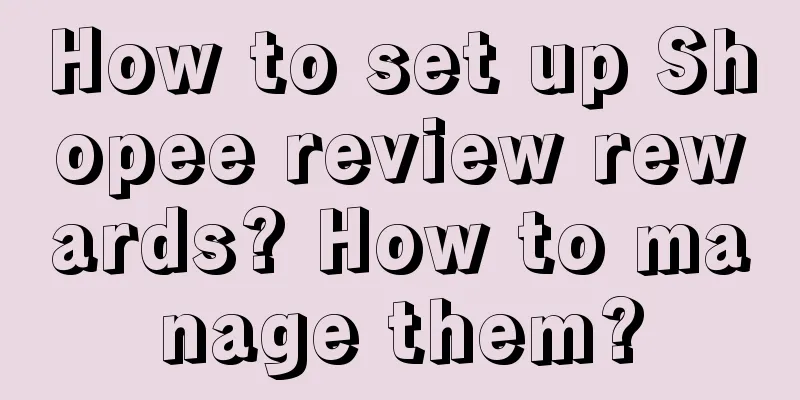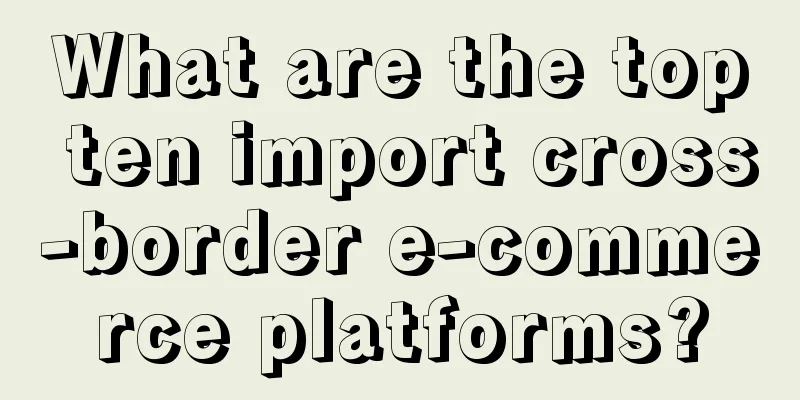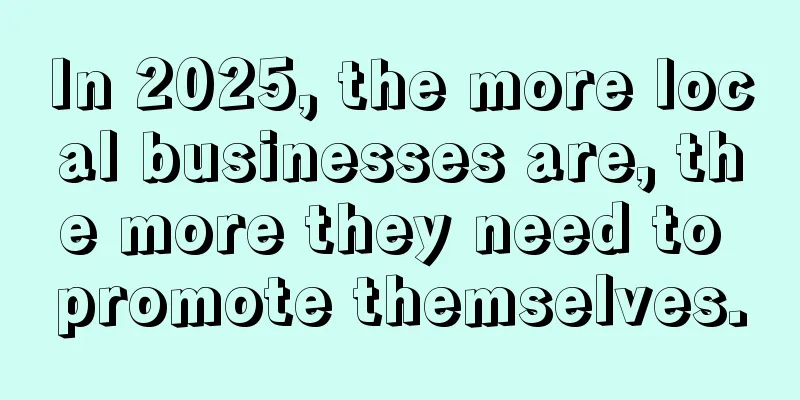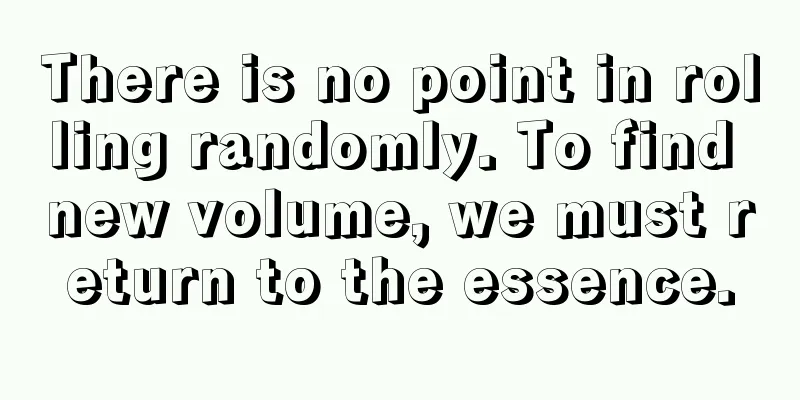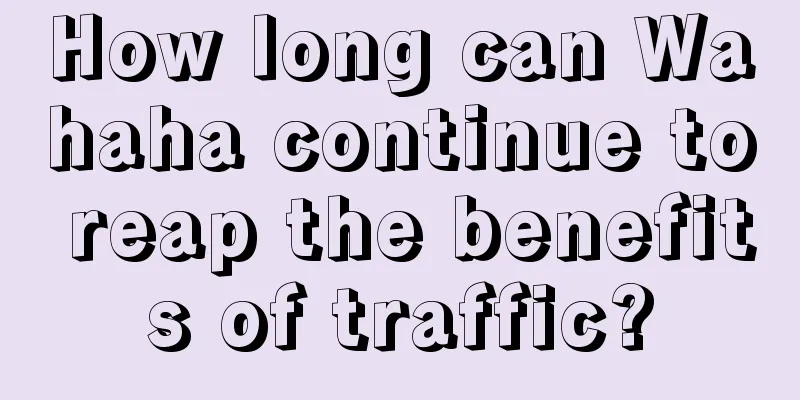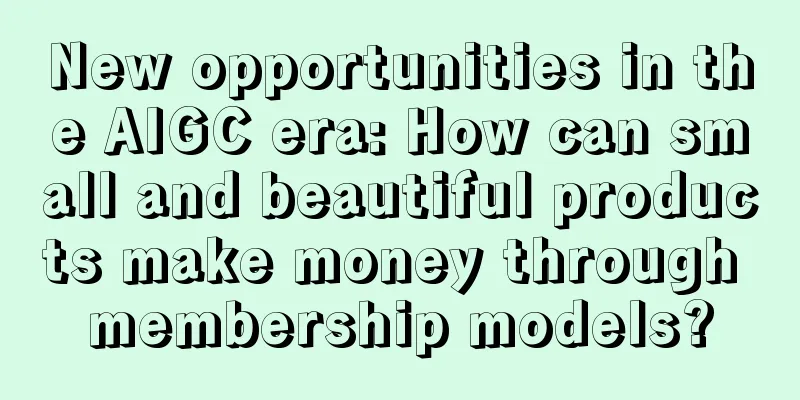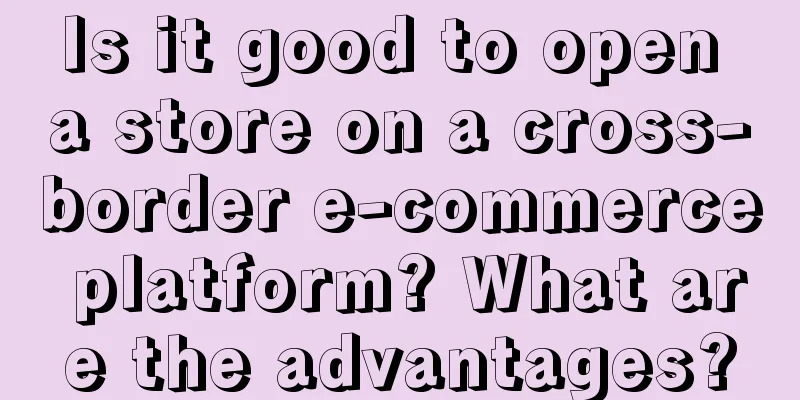High-customer-per-bike company|Operational methodology for the entire user life cycle
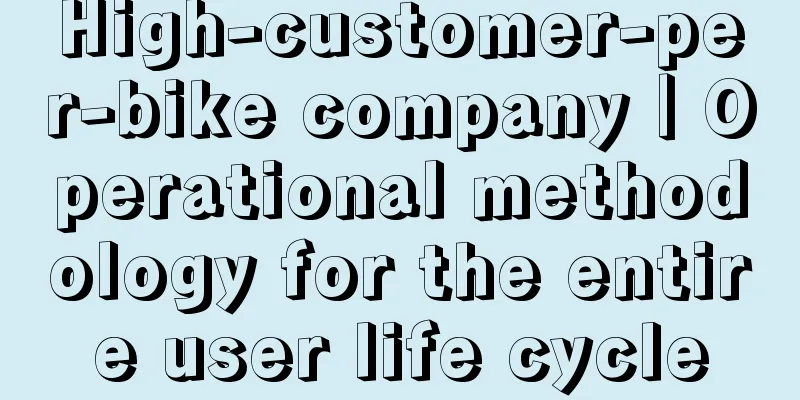
High average order value means that the user decision-making chain is long and complex, and the operational difficulty is much greater than that of fast-moving consumer goods retail with high frequency and low average order value. A typical example is car companies. The decision-making cost before users buy a car is very high, and after owning the car, they will have needs for car use and maintenance. Therefore, it is necessary to start from a business perspective, sort out and divide the user's entire life cycle according to the dimensions of the user's first contact with the brand, product consultation, product purchase, product use, and leaving the brand, meet the user's needs at each stage of the life cycle, and do a good job of operational management of all touchpoints and all scenarios. I think there are three benefits to combing through the user life cycle: (1) MECE: After breaking down a complex link into several small stages, operations can be exhaustive and complete. (2) Stronger goal orientation: The various stages of the user life cycle are linked to each other. The key goal of each stage is to push the user to the next stage. (3) Analysis and decision-making: After breaking down the life cycle, we can clearly understand the operational data of each link and make more targeted strategy iterations and optimizations. Taking a representative car company as an example, the typical full-domain user life cycle can be divided into pre-sales promotion of order placement, mid-sales waiting for delivery, and after-sales life services. 1. Pre-sale promotion1. Awareness stageBefore this stage, users may not know the brand, have never heard of the product, and their intention to buy a car is unclear. The operational focuses of this phase are: Through marketing touchpoints such as information flow ads, KOLs, and live broadcasts, users are passively exposed to brand stories, product recommendations, hot topics, and other content launched in the market, allowing users to form their first impression of the brand and product, recognize the brand, hear about the product, realize the demand, and thus become interested. 2. Cognitive stageUsers have the intention to buy a car and are clear about their car purchasing needs to a certain extent, but they do not have a specific brand or product preference and are not clear about what kind of car they want to buy. Users will actively collect a large amount of information about different brands and products based on their own vague needs, mainly through online public channels: vertical media, short videos, social media; if the offline store is close to home, they will also take the initiative to check it out. The operational focuses of this phase are: In online channel touchpoints, through evaluation comparison, technical popularization, product recommendation, owner reputation, KOL recommendation and other content, users can clearly understand their car purchase needs and greatly narrow down the selection range; offline, through one-to-one insight and communication with sales. At the same time, preferential policies, latest discounts, event benefits and other baits are used to guide users to retain information. The headquarters can also set up a centralized lead incubation team to conduct unified lead cleaning, scoring, and cultivation based on user behavior through WeChat, APP, SMS and other channels for some channels with low lead quality or users who have no intention of buying a car in the short term. 3. Intention stageUsers are willing to understand the product more deeply, want to have an in-depth experience, and truly feel the power of the product. The operational focuses of this phase are: Guide users to experience test drives offline. If there are short-term rental experience services (subscriptions) with small deposits and low prices, they can also be guided as a priority. Take test drive as an example: In order to reduce user resistance, the process steps of adding corporate WeChat and test drive can be optimized and shortened as much as possible. Test drive gifts can be used as bait to increase user motivation. If the headquarters centrally incubates leads, booking a test drive/small order/subscription means that the lead cultivation is successful. Then the lead handover must be carried out. The headquarters allocates the leads, sends the leads down, and hands them over to the front-line sales for service follow-up, and simultaneously transfers information such as car purchase intention, demand, and time. 4. Test drive phaseUsers make an appointment and go to an offline store for a test drive experience. The operational focuses of this phase are: Provide users with a full-process experience before and after the test drive. Through MA automated reach on APP, corporate WeChat and other touchpoints, we can carry out itinerary planning, formalities handling, reminders of precautions and services before the test drive; satisfaction surveys, product feedback, departure care and other actions after the test drive, providing users with consistent services at low cost and high efficiency. Sales will make a secondary identification and judgment of users from the sales conversion level based on face-to-face communication with users during the test drive, such as their real needs, expected purchase time, decision-making factors, etc., and add corresponding labels to facilitate subsequent follow-up. 5. Decision-making stageUsers are clear about their needs and have a clear understanding of brands and models, so they will significantly narrow down the selection range to no more than 3. They will make in-depth comparisons of brand power, models, configurations, prices, services, etc. among competing products within the range. The main channels for users to access information are to conduct in-depth research on social media, ask friends around them, ask questions in vertical media forums/communities, and consult KOLs. The operational focuses of this phase are: In terms of marketing, effectively manage users’ questions in vertical media forums/communities and KOL consultations; pre-arrange competitive product analysis, pros and cons comparison, USP and other content on social media; focus on pushing limited-time discounts in information flow ads, 1V1 communication, and APP; and control and handle the overall public opinion risks. Sales follow-up is the core of this stage. Based on the identification and judgment of user needs during test drives and communications, as well as the behavioral tags generated during online touchpoints, sales will make different proactive follow-up and invitation strategies for second visits to the store. For some users who have difficulty in converting or who have been struggling, we can also guide them to purchase low-priced short-term rental experience services to experience them first and feel the power of the product. 6. Payment stageAfter the user confirms his/her intention to purchase a car, before making a formal deposit (major deposit), he/she will make a final configuration confirmation and learn about the relevant policies on car purchase, finance, discounts, etc. This stage is often mixed with the decision-making stage. The operational focuses of this phase are: Sales solve user problems in real time and efficiently, assist users in selecting configurations, interpret relevant policies, and guide users to make deposits through preferential policies such as deposit inflation and limited-time payment. 2. Waiting for delivery during sale1. Equal intersection stageIf there is a long gap between the time when the user places the order and the official delivery, there will be a waiting period. At this stage, users generally have anxiety about the delivery of the car and will focus on the latest scheduling progress; they will also be concerned about the owner's evaluation feedback, public opinion, and competitive product dynamics. There is a small probability of transfer or cancellation of the order. The operational focuses of this phase are: After the user places an order and enters the delivery process, the headquarters can pull NV 1's exclusive service group, which includes relevant functional members, including sales, delivery, after-sales, robots, etc. The service group unifies the export of all delivery information. If users have any problems, they no longer need to find functional personnel one by one. They only need to provide feedback within the community, which also facilitates unified monitoring and management by the headquarters. The official robots within the community break down complex human work actions and perform them in a unified and standardized manner, thereby reducing costs and increasing efficiency. Handle standardized user needs/questions and synchronize the latest delivery progress in real time. To increase users' desire to own a car, you can regularly publish car owner stories, car experience feedback, and post-car life. From a management perspective, you can record and monitor the handling of user needs, public opinion feedback, and user satisfaction in the community in real time. Functional personnel such as sales and delivery only need to solve non-standard demands within their respective functions and do a good job of public opinion management. 2. Delivery PhaseAfter the specific delivery time is determined, users enter the actual delivery process and will pay attention to the service experience and convenience of the entire process before and after delivery. The operational focuses of this phase are: Before delivery, within the service group, the robot/delivery specialist can remind the owner of relevant precautions for delivery, materials that the owner needs to prepare, and the delivery process, and provide timely answers to questions; for a better user experience, the delivery specialist can also ask the user whether he or she has any special requirements for the delivery ceremony. On the day of delivery, the group will provide warm reminders about the weather and traffic routes of the day. At the delivery site, the delivery specialist will take photos of the delivery on site, encourage users to post the car pick-up diary on the public platform, and give corresponding incentives. Guide users to join the local car owner group and prepare a welcome ceremony. After the vehicle is delivered, the robot conducts a 15-30 day "New Car Owner Growth Camp" in the group, introducing the vehicle's getting started guide and functional "black technology" in detail from 0-1, allowing users to have an in-depth understanding of the vehicle and services; and encourages car owners to post their car usage stories. 3. After-sales life service1. Owner stageAt this stage, users' needs can be divided into two categories: in terms of driving experience needs, they will focus on driving experience, charging convenience, etc.; in terms of life service needs, they will pay attention to online and offline car owner activities. The operational focuses of this phase are: (1) Life service level Create car owner groups based on cities/regions, whose members include sales, delivery, after-sales, offline community activity partners, robots, etc. Online car owner groups conduct game interactions at a fixed frequency to guide user participation; or they discuss thematic topics and sign in, using points and small gifts as incentives. Regularly hold regional car owner events offline, synchronize the event registration link and the overall process in the community, and guide car owners participating in the events to produce UGC content. With online and offline activities as the main line, through continuous and in-depth interactions, emotional connections and stickiness are created between users and users, and between users and brands. (2) Driving experience In addition to improving vehicle performance, energy replenishment system and other products, operations can also explore the USP and usage of products as much as possible. Car owners can be guided to produce UGC in the public domain and APP, and brands can also produce PGC, including but not limited to driving experience, experience sharing, car stories, function explanations, etc. In addition, a points system is set up to allow users to engage in behaviors that are valuable to the brand while providing car benefits. For example, points are awarded to users for activities such as activeness, recharging, referrals, and UGC. Users can use the points to recharge, after-sales, and redeem mall products. 2. Maintenance stageIn the process of using the car, users will encounter needs such as repairs and maintenance. The operational focuses of this phase are: Based on the user's mileage and vehicle usage cycle, MA is used to automate pre-maintenance invitations, post-maintenance care, and recovery of lost customers through service groups, apps, text messages and other touchpoints. In the service group, we respond to user questions promptly and quickly. Robots solve standardized problems such as common usage consultation, fault consultation, and maintenance consultation; after-sales specialists solve non-standard problems. 3. KOC stageIn the process of using the car, some users are extremely satisfied, recognize the brand values and products, and will stand up to speak for the brand when the brand encounters public opinion. The focus of this stage is to screen out this group of users and develop them into KOCs. I think there are four types of KOC: (1) Lead-type KOC: Mainly refers new users through word-of-mouth communication. The headquarters will attract new users, conduct operations, and empower them with sales pitches, and provide corresponding rewards and honorary rights based on the number or ranking. (2) Active KOC: Mainly to liven up the atmosphere and respond to potential or existing public opinions. After all, in some cases, users are more willing to listen to the same content from the perspective of "car owners" in the same camp than from the perspective of the brand. (3) Co-creation KOC: including but not limited to inviting skilled users to co-create items sold in the mall with the brand, and then participate in the profit sharing for each sale; co-create city car owner logos, radio stations, self-driving travel guides, etc. (4) Content-based KOC: Invite users to produce UGC content on public platforms, apps, and corporate micro-ends, and give them certain incentives and honors based on the quality and quantity of the content. 4. Gift and Exchange PhaseAfter users have driven their vehicle for three years, they will generally enter the stage of purchasing additional vehicles or replacing existing ones. I think this stage is the stage of reaping the fruits, which tests the overall product and operational capabilities in all previous stages. Whether users are willing to purchase additional vehicles or replace them depends not only on basic preferential policies, but also on the product strength of the vehicle itself, user satisfaction throughout its life cycle, and the experience and service they receive. Author: Chen Sanshi Source: Public Account: Tomato Operation |
Recommend
Shopee Malaysia Site 8x Refund Guarantee Policy
In order to ensure a good shopping experience for ...
Why is the moat built by good content so solid?
When we look back at every step of B Station's...
It’s time for iQiyi, Youku, Tencent Video and Mango TV to impact “daily IP consumption”
In recent years, IP-related products have become v...
Top 10 types of Tik Tok bloggers
This article mainly shares the preparations that n...
Music Festival Marketing: These 5 Brands Set Off a New Wave
Music marketing has become a brand hitchhiking, an...
What are the entry requirements for etsy? Do I need a brand to join?
If you want to trade on Etsy, you must ensure that...
How to find Amazon affiliate distributors? How to distribute?
Amazon Affiliate is an advertising affiliate progr...
With 63 million members, how does the leading tea brand develop its private domain?
As a well-known tea brand in China, Heytea has gro...
5 billion coconut trees, growth curve
For 10 years, they have been resolute in admitting...
Why do people buy things?
The amount of work experience has a profound impac...
Five new trends in influencer marketing in 2024
With the rise of social media, influencer marketin...
Does Amazon have any Christmas events? What events are there?
There is not much time left until Christmas, and m...
Celebrity endorsements, plagiarism controversy…How does CASETiFY turn mobile phone cases into a trendy brand?
In the trend stage where fashion and technology bl...
AI+Xiaohongshu search, create popular notes at low cost!
How to output notes efficiently? AI + Xiaohongshu ...
What is the difference between thc fees and dock fees?
If domestic merchants want to sell products overse...
